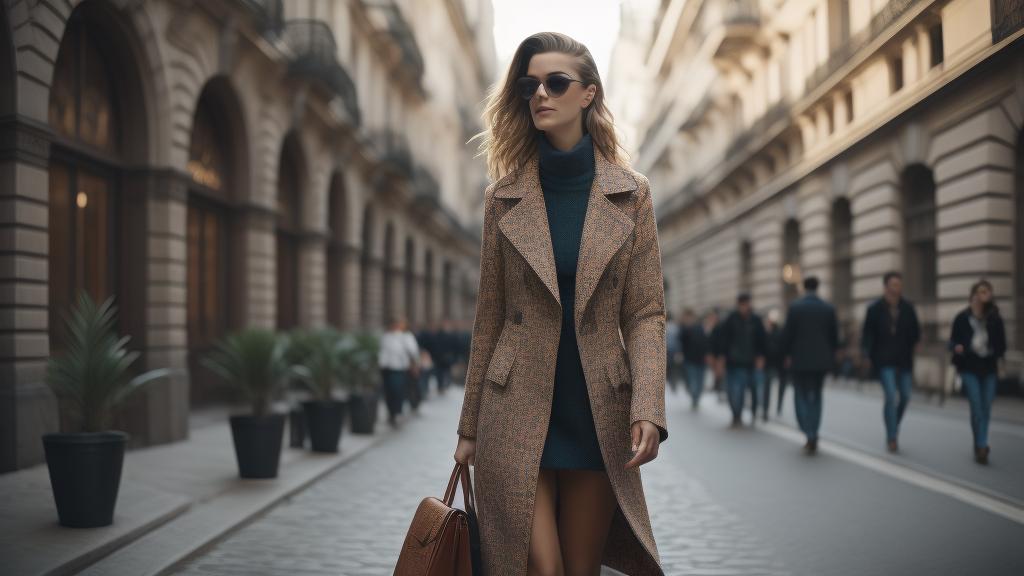Street style has evolved from a mere reflection of everyday urban wear to an influential force dictating high fashion trends. What started in the bustling streets of New York and Tokyo has now become a core component of fashion weeks around the world. In this article, we delve into how street style has transformed the fashion landscape and why it has become so crucial for brands and designers alike.
### The Birth of Street Style
Street style as we know it began in the cultural melting pots of big cities. The eclectic mix of cultures, classes, and backgrounds created a fertile ground for unique and individualistic styles to flourish. Unlike the polished, often exclusive world of high fashion, street style was raw and unfiltered, offering a glimpse into the real lives of fashion enthusiasts. Influencers like Marc Jacobs and Vivienne Westwood began to take note, drawing inspiration from the streets to create collections that blurred the lines between luxury and everyday wear.
### The Rise of Social Media
The advent of social media platforms like Instagram and Pinterest has played a pivotal role in propelling street style to the forefront of fashion. Influencers, bloggers, and everyday fashionistas now had platforms to showcase their unique looks to a global audience. This democratization of fashion meant that style icons could emerge from anywhere, making street style a truly global phenomenon.
### Street Style at Fashion Weeks
What was once a byproduct of daily life has now been institutionalized into major fashion events. Fashion weeks in New York, Paris, Milan, and London now feature street style photographers capturing the essence of attendees' wardrobes. These candid shots often garner more attention than the runway shows themselves, influencing the next season's trends. Brands and designers now strategically place pieces in the hopes of being captured by these tastemakers.
### The Influence on High Fashion
Designers and luxury brands have increasingly turned to street style for inspiration. Collections by Gucci, Off-White, and Balenciaga often incorporate elements of streetwear, merging high fashion with everyday comfort. Sneakers, graphic tees, and oversized hoodies—once confined to casual or athletic wear—are now staples on the runway. This blend of styles has broadened the appeal of high fashion, making it more accessible to the average consumer.
### Sustainability and Street Style
The influence of street style isn't just aesthetic; it also has a significant impact on sustainability in fashion. Thrift stores, vintage shops, and re-purposed clothing have become popular, driven by the street style ethos of individuality and creativity. This shift towards sustainable fashion is not only eco-friendly but also allows for greater personalization and unique styling opportunities.
### The Future of Street Style
As technology continues to evolve, so too will street style. Virtual fashion shows, augmented reality fitting rooms, and digital influencers are just a few of the innovations that could shape the future of street style. However, the essence of street style—individuality, creativity, and a connection to everyday life—will always remain at its core. As long as there are streets, there will be street style.
### Conclusion
The journey of street style from sidewalks to runways has been nothing short of revolutionary. It has democratized fashion, making it more inclusive and accessible, while simultaneously challenging the norms of high fashion. As we look forward, one thing is certain: street style will continue to evolve, inspiring both designers and everyday fashion enthusiasts around the world.
The Evolution of Street Style: From Sidewalks to Runways

